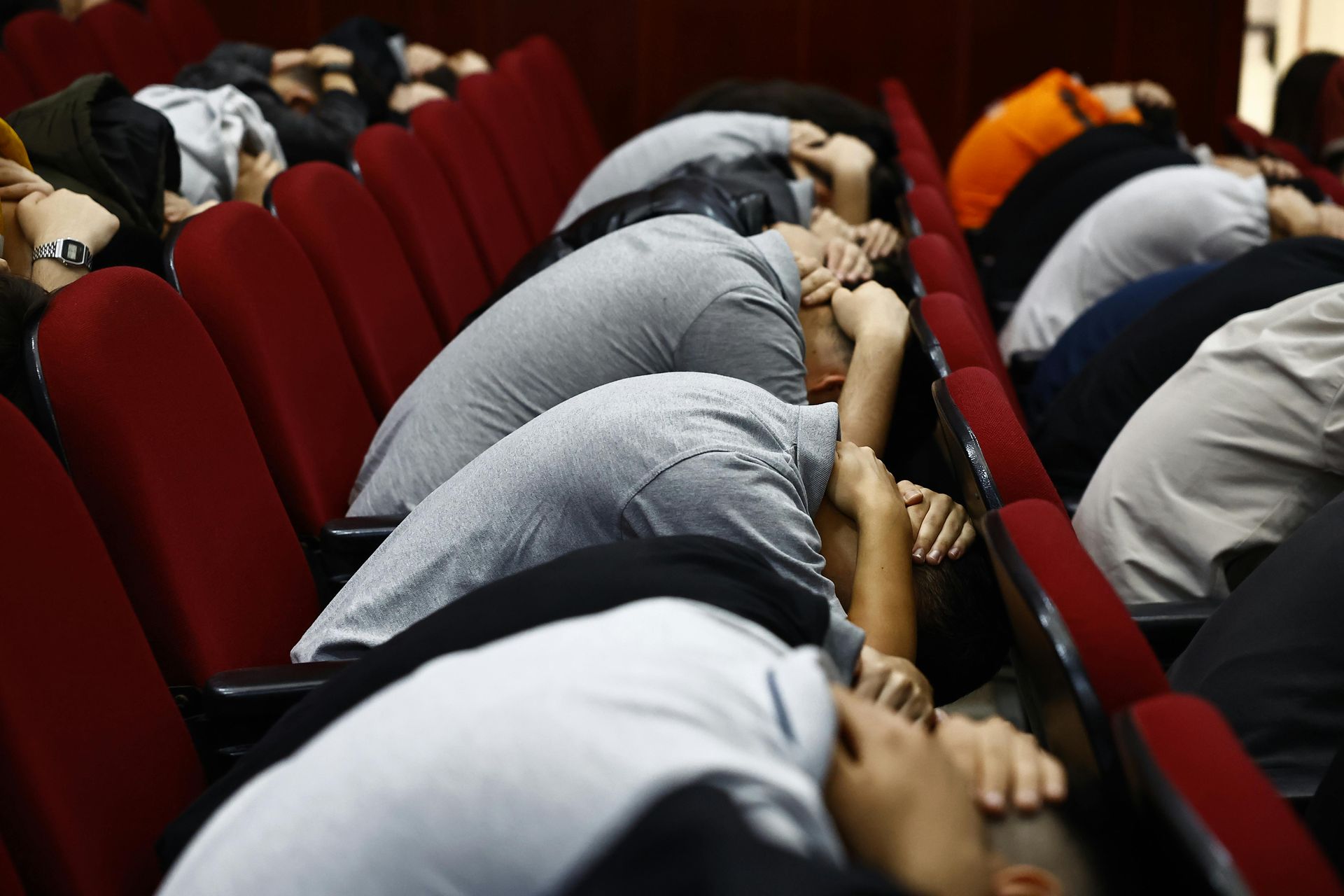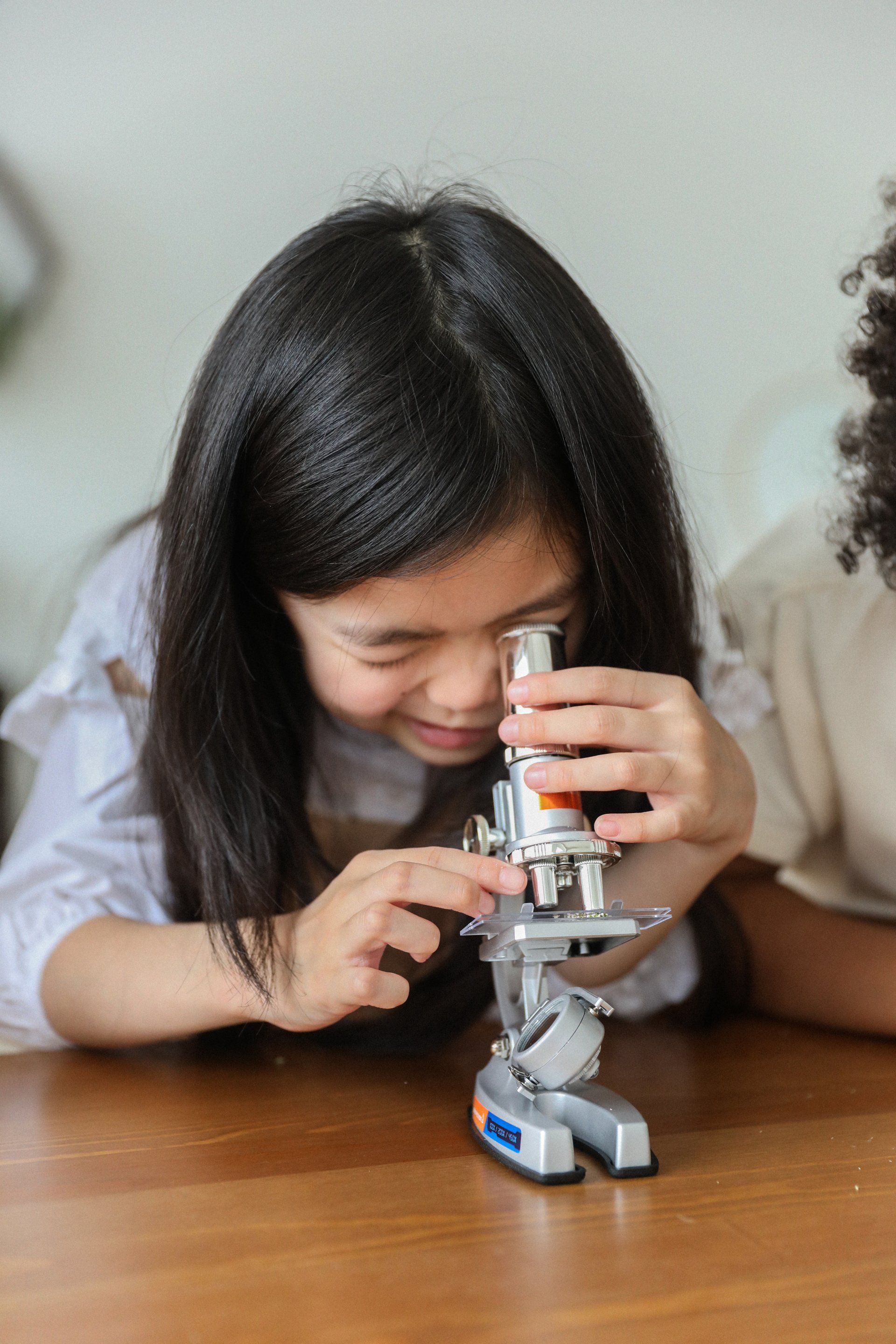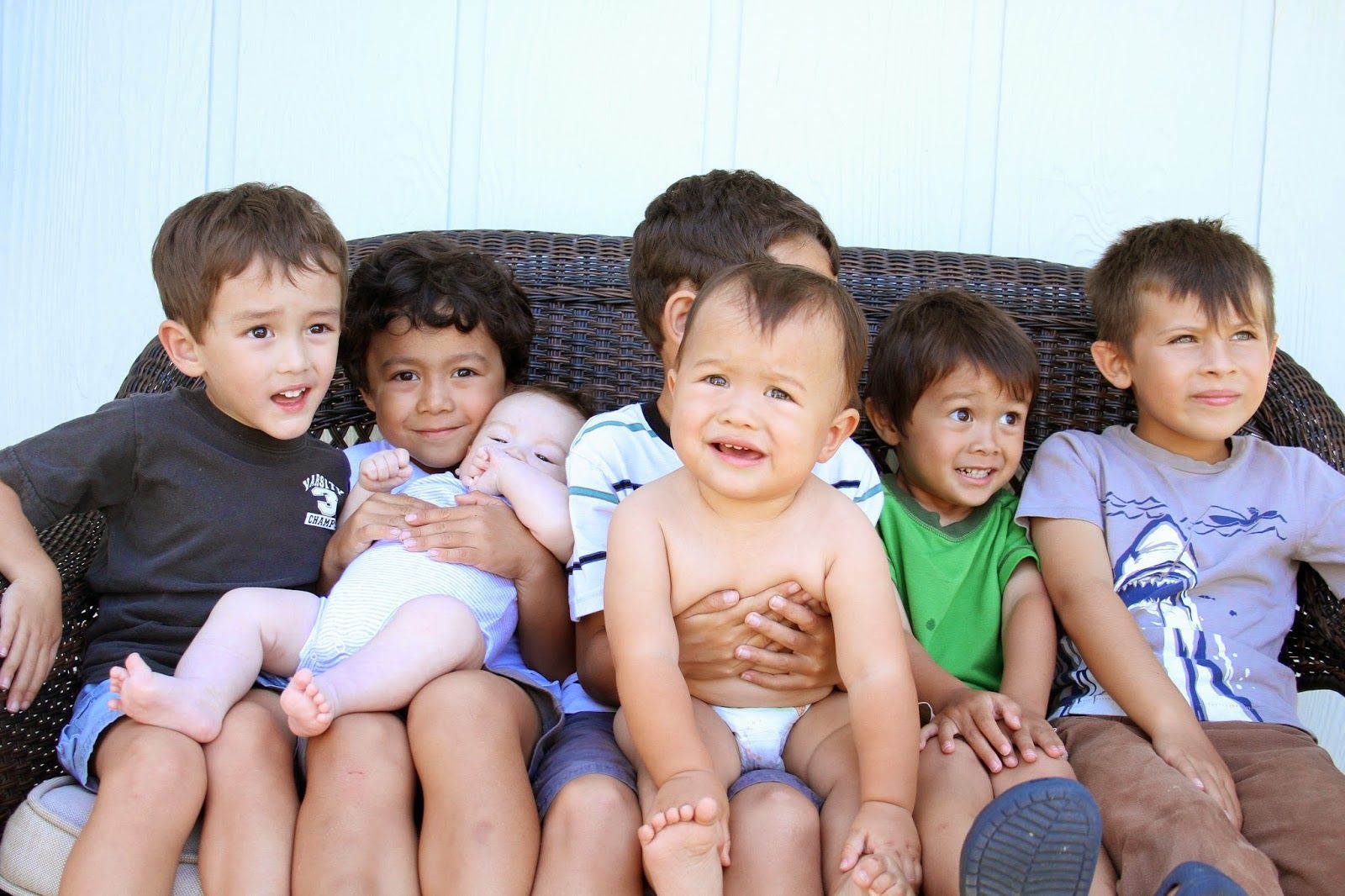This week’s near miss highlights something every parent and early years educator should take seriously: emergency drills save lives

Share
“Seconds to Safety: Tsunami Scare in Russia Highlights the Lifesaving Power of Drills for Young Children”
By Justine Murray – Australian Nanny Agency | 30 July 2025 | +10:00
When a powerful magnitude 8.8 earthquake struck off Russia’s far east on Tuesday, alarms rang out across the Kamchatka Peninsula. Waves up to four metres high struck parts of Severo-Kurilsk. Towns were evacuated. And in the middle of it all—a kindergarten was damaged.
But every child made it out safely.
The image of a damaged childcare centre will chill any parent’s heart. Yet, in a quiet but significant detail reported by local officials, the children and staff had already evacuated well before the waves struck. No panic. No chaos. Just calm action.
That one detail may have made all the difference.
“We had drills before,” a local teacher told regional press. “The children knew the sound of the alarm, and they followed us just like we practiced.”
This week’s near miss highlights something every parent and early educator should take seriously: emergency drills save lives.
A Global Warning—And a Personal One
While the epicentre was in Russia, tsunami warnings rippled across the Pacific—from Japan to Hawaii, and even as far as California. Hundreds of thousands were evacuated. Families scrambled. Children cried.
And for many of us, watching from afar, it struck a familiar fear: What if that was my child? What if they were in care when it happened?
At the Australian Nanny Agency, we’ve spent years working closely with families to build secure, prepared homes. We were deeply moved by the efficiency shown in Kamchatka. We were also reminded just how important it is to rehearse what we hope will never happen.
The Invisible Safety Net: How Drills Work for Children
When adults think about emergencies, we imagine alarms, sirens, and worst-case scenarios. But for children—especially those under five—those images are abstract. What matters to them is familiarity and routine.
Emergency drills introduce the unfamiliar in a structured, calm way.
“Children aren’t born knowing how to react to danger,” explains Dr. Naomi James, a child trauma and emergency response specialist. “But they are brilliant at patterning behaviour. If we calmly practice going to a safe zone, holding hands, or listening to a trusted adult, they will carry that forward—even in a crisis.”
This is exactly what appears to have happened in the Russian kindergarten. Teachers, who had run tsunami drills before, simply followed their training. The children followed them. And they got out.
A Damaged Building—But Not Broken Spirits
The building itself sustained damage. Windows shattered. Books and toys were left floating in waterlogged rooms. But the children were safe. And that’s what the headlines should reflect.
This wasn’t luck. It was preparedness.
As one Russian official put it:
“We were fortunate, yes. But also trained.”
Emergency planning is often seen as something for large institutions—schools, hospitals, or military bases. But the truth is, every home is a potential evacuation zone. Whether it’s a fire, flood, storm, or earthquake, children need to know what to do.
What About Families at Home?
Most of us aren’t running childcare centres. We’re at home—managing morning routines, tantrums, and naptime. But we still need a plan.
- Does your nanny know where to go in an emergency?
- Have you talked through how to exit the house in case of a fire?
- If you live near the coast, do you know your tsunami evacuation route?
Practicing these things just once—even as a game—can help children form habits that resurface when it counts.
“The goal isn’t to scare children,” says Dr. James. “It’s to empower them.”
Panic vs. Preparedness
In Japan, where tsunami alerts also sounded this week, families were seen fleeing seaside hotels in tears. Videos showed mothers clutching their children as phones blared warnings in the middle of the night.
In contrast, there was a quiet confidence in Severo-Kurilsk, where entire towns were evacuated without incident.
What’s the difference? Familiarity.
When families, nannies, and educators are all on the same page, panic gives way to purpose. That’s the real power of drills. They give everyone—especially children—a role to play.
What We’re Doing at the Australian Nanny Agency
We believe child safety is not just about checks and paperwork—it’s about actionable, everyday preparedness.
That’s why:
- We brief our nannies on household emergency plans.
- We encourage families to walk through fire escape routes.
- We offer training on handling natural disasters—from floods in Brisbane to bushfires in regional NSW.
This week, we’re reminded again how important those steps are.
“What saved those children wasn’t luck. It was the fact that someone thought about this before it happened,” says Justine Murray, Director of the Australian Nanny Agency. “That’s what we try to do for every family we work with—think ahead, so they don’t have to.”
What You Can Do Today
Even if you’re far from Russia, this is a chance to reflect.
Ask yourself:
- Do I have a fire escape plan?
- Have I shown my child where the safe meeting point is?
- Does my nanny know who to call in an emergency?
If the answer is no, take five minutes today. Write a list. Have a chat. Even a short conversation can shift a child’s mindset from fear to focus.
Final Thoughts
The story of the Russian kindergarten will likely fade from international headlines. No one died. The building can be repaired.
But the lesson should remain.
Preparedness is not paranoia. And emergency drills are not dramatic. They are one of the most gentle, loving, and responsible things we can do for the children in our care.
So from all of us at the Australian Nanny Agency, we say: let’s take this moment seriously. Let’s check our plans. Let’s practice calmly. And let’s honour the work of every educator, parent, and nanny who quietly prepares for the worst—so our children can live their best.
Need help building your home safety plan? Contact us at www.australiannannyagency.com.au or speak to your assigned nanny coordinator today.
Frequently asked questions about safety drills
1. What happened at the kindergarten during the Russian tsunami alert?
1. What happened at the kindergarten during the Russian tsunami alert?
A kindergarten in Petropavlovsk-Kamchatsky was damaged during the tsunami that followed the 8.8-magnitude earthquake. Thanks to regular drills, staff safely evacuated all children before the waves struck. No injuries were reported.
.
.
2. Why are emergency drills important for children in early learning settings?
2. Why are emergency drills important for children in early learning settings?
Emergency drills help children form calm, instinctive responses during crises. Practicing steps like evacuating, holding hands, and following a trusted adult can significantly reduce panic and ensure safety—even for very young children.
3. How can I run a simple emergency drill at home with my child?
3. How can I run a simple emergency drill at home with my child?
Start by picking one emergency (like a fire or flood), and walk through what would happen. Keep your tone calm. Show your child where to go, who to follow, and what to bring. Repeat it monthly in a light, reassuring way.
4. What should nannies know about emergency planning?
4. What should nannies know about emergency planning?
Your nanny should know the emergency exits, rally points, and who to call if you're unavailable. They should also be briefed on local hazards (like bushfires or floods) and know how to calmly guide children to safety.
5. How did regular drills help in the Russian kindergarten case?
5. How did regular drills help in the Russian kindergarten case?
Teachers had practiced tsunami evacuation drills before the incident. When sirens sounded, they followed their training, and the children responded as they had during rehearsals. This likely prevented injury or chaos.
6. What’s the difference between panic and preparedness in an emergency?
6. What’s the difference between panic and preparedness in an emergency?
Panic stems from fear and uncertainty. Preparedness comes from familiarity and practice. Children and carers who have rehearsed emergency actions are more likely to remain calm and take effective steps to stay safe.
7. Should families in Australia practice tsunami or disaster drills?
7. Should families in Australia practice tsunami or disaster drills?
Yes. Even if you’re not in a high-risk zone, rehearsing basic fire, flood, or evacuation plans helps build a safety mindset. Families in coastal, bushfire-prone, or flood areas should take this especially seriously.
8. What is the Australian Nanny Agency doing to support safety in homes?
8. What is the Australian Nanny Agency doing to support safety in homes?
We ensure our nannies are trained in emergency awareness, and we help families set up basic safety plans. We also promote regular check-ins, home walk-throughs, and drills to create safe, responsive environments for every child










